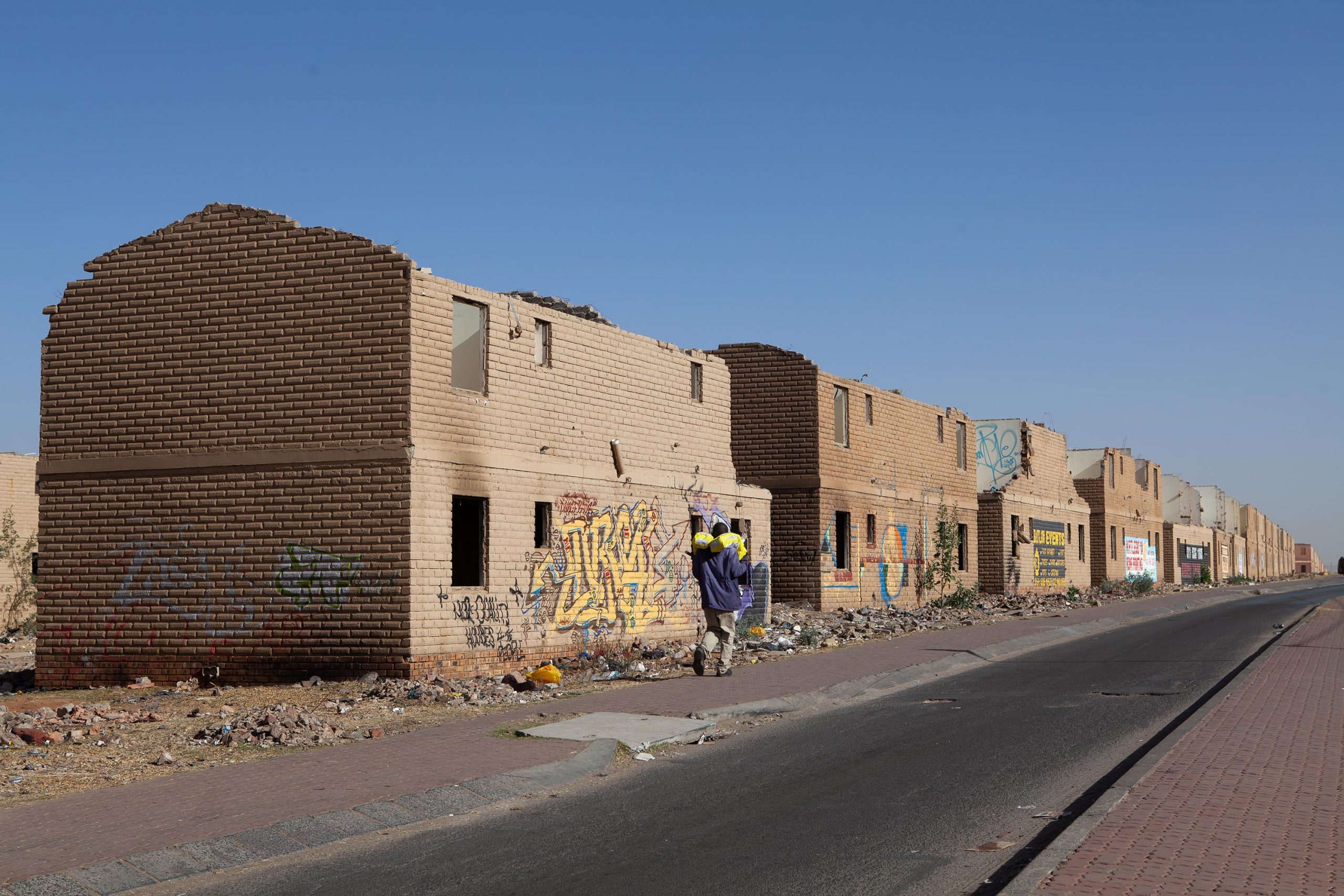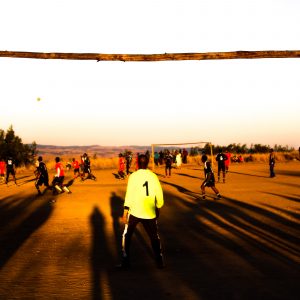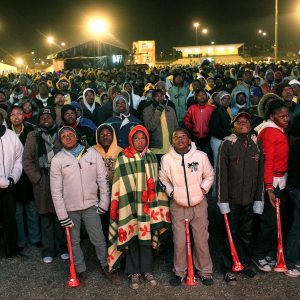How the 2010 Fifa World Cup affected Soweto
The famous township attracted many visitors during the tournament, with the opening game and final played a stone’s throw away. But how much did Soweto benefit from the global showpiece?
Author:
18 July 2020

The biggest and most famous township in South Africa, Soweto, is home to numerous tourist attractions and historical landmarks that were a hit in the months of June and July during the 2010 Fifa World Cup.
Vilakazi Street, known for its authentic and local restaurants, is situated in Orlando West. This street housed two Nobel laureates, Desmond Tutu and Nelson Mandela. A stone’s throw away is the Hector Pieterson Museum and memorial.
Just a few kilometres away is Orlando Stadium, which was refurbished and turned into a world-class facility to be used for training for the World Cup and the 2009 Fifa Confederations Cup. Professional football benefitted from the refurbishment of the stadium. The venue hosts a number of top flight and international football matches.

In another part of Soweto, in Kliptown, is the Nike Football Training Centre. It has artificial pitches used by thousands of young players as well as professional football clubs and national teams if they aren’t going to be playing on grass in continental football. The centre, which was unveiled in 2010, just before the World Cup, also hosts local and international football tournaments while serving as the head office of the Soweto Football Association.
“In Soweto, we needed a new stadium for local football and had it not been for the World Cup, we wouldn’t have had the stadium,” said Soweto Football Association president Phil Mogodi.
Related article:
The low-cost housing project in Dube, in front of the famous Dube hostel, started shortly after the completion of the centre. The World Cup may have afforded Soweto a new improved look in certain quarters, but it did not help the citizens, says Cheche Selepe.
Selepe is the media director for the World Class Cities for All campaign (WCCA) and spokesperson for the World Cup Cities campaign aimed at helping impoverished communities during World Cup tournaments. The campaign denounces the negative impact of mega sporting events on the lives of street vendors.
“As per historical effect, we analyse the problems that previous host nations encountered and we prepare accordingly,” Selepe said.
Hiding the impoverished
The low-cost housing project in Dube was successful in a certain way, obscuring the grim reality of the hostel when the world landed in South Africa. But in the grand scheme of things, the R100 million project was unsuccessful. No one ever occupied those houses and they are now in ruins.
Mlungisi Mabaso, the City of Johannesburg member of the mayoral committee for housing and a Dube resident for nine years before his appointment, admitted that demolishing the Dube hostel left residents destitute.

“The residents wanted better housing and in 2007, the demolishing started ahead of the World Cup. [The] City of Johannesburg conducted a socioeconomic survey, which revealed that 80% of the residents qualified for Reconstruction and Development Programme [RDP] houses,” said Mabaso.
“However, when the building started, the government opted for high-rise buildings rather than RDP houses, which was not the agreement. The government said that the high-rise buildings worked because they needed more space.”
Mabaso said the project was rushed and no proper security was hired for the new accommodation, which resulted in looting. When the project started, families were placed in temporary residential units. Eleven years later, the families are still there because of the failure of the government.
“The R100 million used for the development of Dube could have helped the informal traders and hawkers in Soweto,” said Selepe. “The 2010 World Cup was a missed opportunity to help the traders and hawkers in Soweto.”

The lifeline of Soweto
Selepe says the government should have used this opportunity to upscale traders and hawkers who were pushed out of the stadiums in which they’d been working up till then. Fifa chased them out during the tournament in favour of its sponsors.
“As WCCA, we hoped that the government would spend money on training the traders and to build formal facilities for the traders. The money that was used to build the hostel in Dube just before [the World Cup] could have been used for the traders. I believe that the accommodation was built to hide the hostel,” said Selepe.
Related article:
“If the government had provided proper training for the traders, they would have been able to operate properly during this pandemic. Those traders right now are the lifelines for many areas in Soweto. People cannot afford to go to supermarkets to buy vegetables. Even worse, people do not have access to supermarkets.
“In Kliptown, there hasn’t been a single food parcel delivered by the government. And it’s the informal traders that are helping the communities out.”
Selepe said there is not much for Sowetans to celebrate about hosting the World Cup.
“Orlando Stadium was reconstructed in such a way that it didn’t allow street vendors to sell as it had previously done. We represent over 1 000 street vendors and they had no alternative place to go. The same thing happened at FNB Stadium. The only vendors that were allowed were from big companies.”

Siphiwe Tshabalala, Reneilwe Letsholonyane and Teko Modise are some of the Soweto-born footballers who played in the World Cup, inspiring the next generation of Sowetans to follow in their footsteps. Most of those youngsters either watched the trio and Bafana Bafana on television or at viewing venues.
“The tickets for the matches were too expensive, so [most of] the youth of Soweto did not get to see their favourite footballers in the world play and that was a letdown,” Mogodi said. “However, the Elkah Stadium in Rockville was used as a fan park and that created a hype for Sowetans.”


